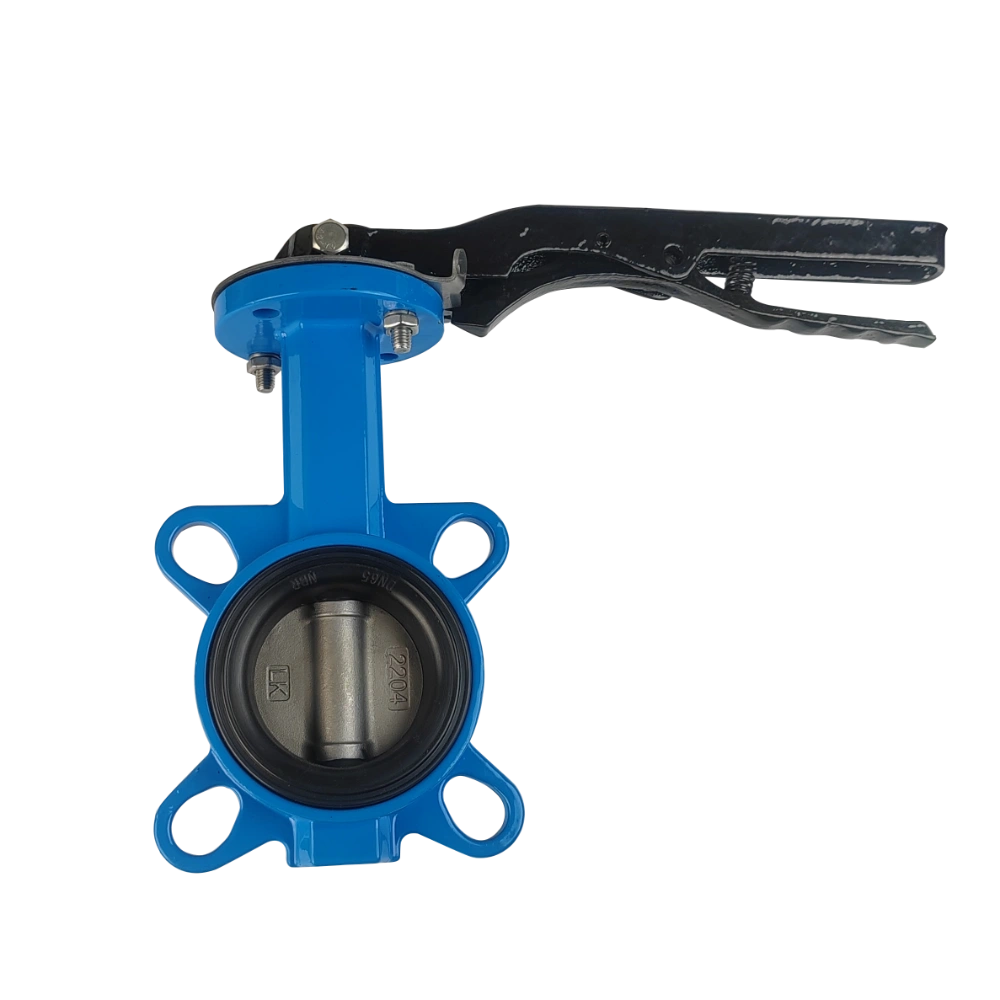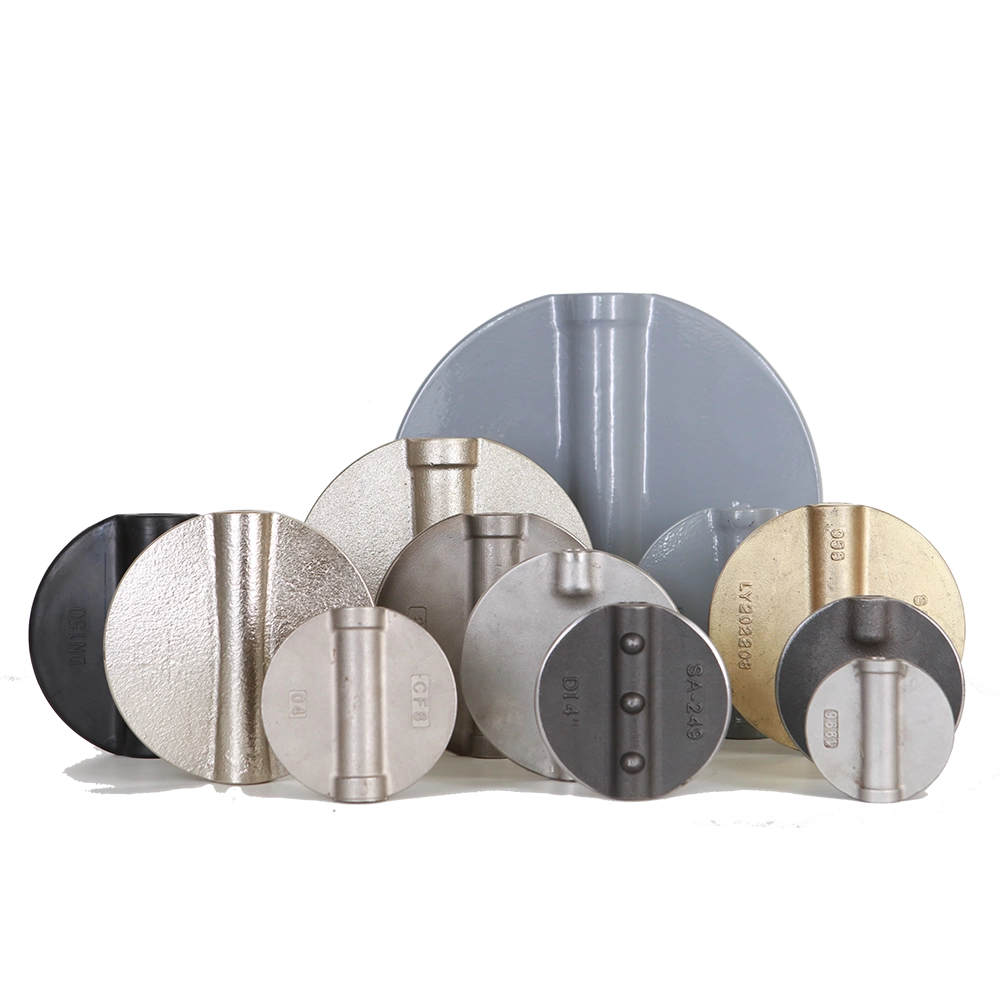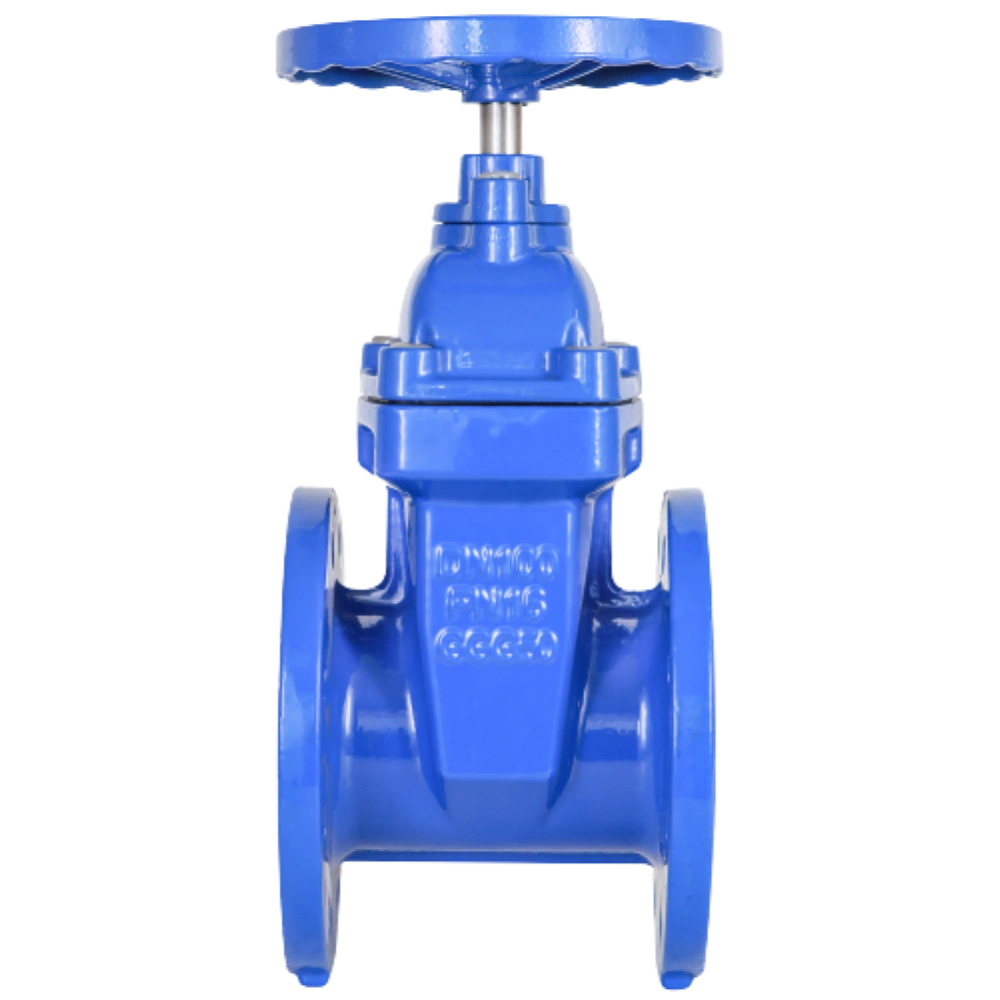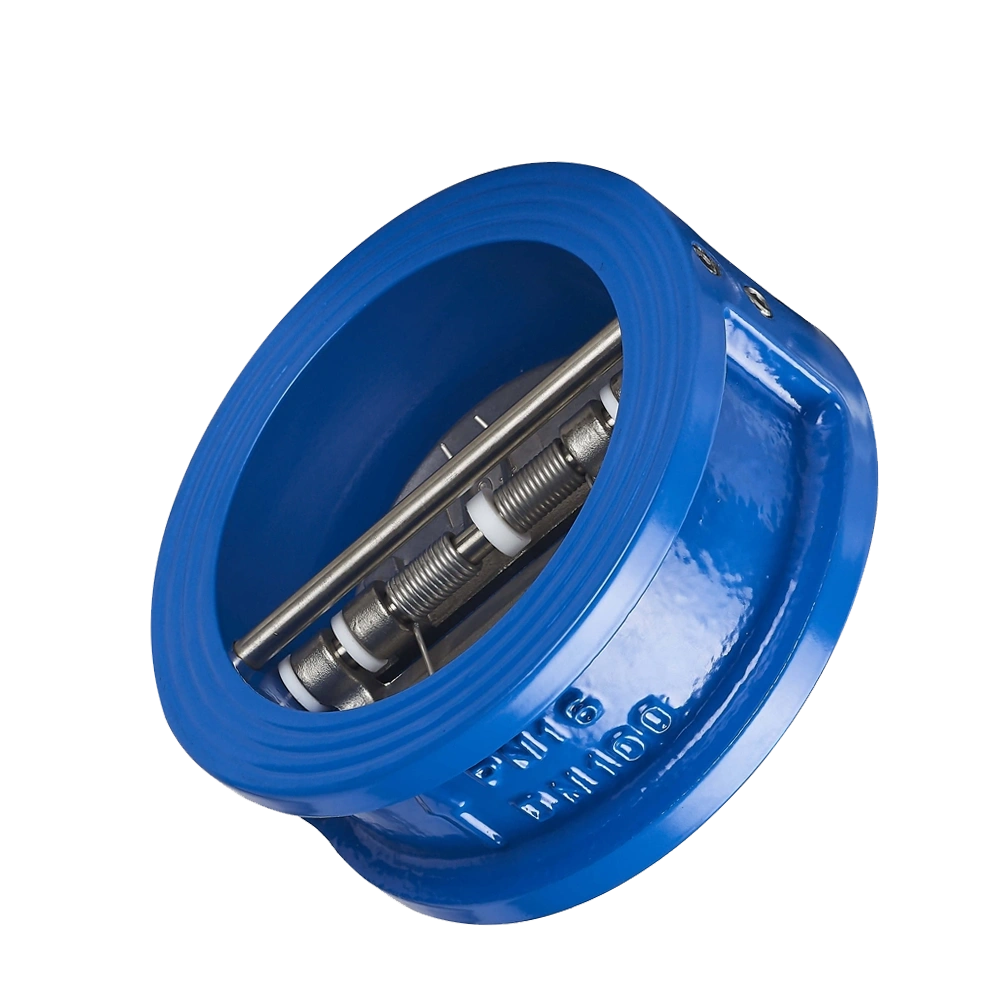What is the each part name of valve?
As a manufacturer of butterfly valves, gate valves, check valves and other valves with 17 years of production experience and more than ten years of foreign trade experience, ZFA valves can be said to have some experience in the terminology of various types of valves. Today I have summarized some commonly used terms to share with you so that you can understand valves better and faster.
| TERM | explanation | |
| 1 | Face to face dimension | The straight-through type is the distance between the inlet and outlet end faces, and the angle type is the distance from the inlet (or outlet) end face to the outlet (or inlet) axis. |
| 2 | Type of construction | The main characteristics of various types of valves in terms of structure and geometry |
| 3 | Body | The main parts of the valve that are directly connected to pipelines (or machinery and equipment) and control the flow of media |
| 4 | Bonnet | The main part that is connected to the valve body and forms the pressure chamber with the valve body (or through other parts, such as diaphragms, etc.) |
| 5 | Disc | A general term for parts used to cut off or regulate the flow of media, such as gate plates in gate valves, valve discs in throttle valves, etc. |
| 6 | Disc(plug) | Opening and closing parts in globe valves, throttle valves, check valves and other valves |
| 7 | Disc(butterfly plate) | Opening and closing parts in butterfly valve |
| 8 | Seat ring | Parts installed on the valve body and forming a sealing pair with the opening and closing parts |
| 9 | Sealing face | The opening and closing parts are in close contact with the valve seat (valve body) and serve as two contact surfaces for sealing. |
| 10 | Stem | The main parts that transmit the opening and closing force to the opening and closing parts |
| 11 | Yoke bushing | Parts that form a kinematic pair with the valve stem thread |
| 12 | Stuffing box | The valve cover (or valve body) is filled with packing, a structure used to prevent the medium from leaking from the valve stem. |
| 13 | Stuffing box | Parts filled with packing to prevent medium from leaking from the valve stem |
| 14 | Gland | Parts used to compress the packing to achieve sealing |
| 15 | Packing | Filling material placed in the stuffing box (or stuffing box) to prevent the medium from leaking from the valve stem |
| 16 | Packing seat | Parts that support the packing and keep it sealed |
| 17 | Yoke | On the gland or valve body, the parts used to support the valve stem nut and transmission mechanism |
| 18 | Through way type | Valve body shape with inlet and outlet axes coincident or parallel to each other |
| 19 | Angle type | Valve body form with inlet and outlet axes perpendicular to each other |
| 20 | Y-globe type | The valve body shape is a valve body shape in which the passage is in a straight line and the valve stem position is at an acute angle with the axis of the valve body passage. |
| 21 | Three way type | Valve body form with three passage directions |
| 22 | T-pattern three way | The passage of the plug (or ball) is a “T” shaped three-way |
| 23 | L-pattern three way | The passage of the plug (or ball) is an “L” shaped three-way |
| 24 | Balance type | Structural form that uses medium pressure balance to reduce the axial force of the valve stem |
| 25 | Lever type | The structural form of using lever to drive the opening and closing parts |
| 26 | Normally open type | When there is no external force, the opening and closing parts are automatically in the open position. |
| 27 | Normally closed type | When there is no external force, the opening and closing parts are automatically in the closed position. |
| 28 | Steam jacket type | Various valves with steam heating jacket structure |
| 29 | Bellows seal type | Various valves using bellows as the main seal of the valve stem |
| 30 | Back seat | A sealing structure that prevents medium from penetrating into the stuffing box when the valve is fully open. |
| 31 | Pressure seat | A mechanism that uses medium pressure to automatically seal the connection between the valve body and the valve cover. |
| 32 | Dimension of valve stem head | Mechanical dimensions of the assembly and connection parts between the valve stem and the handwheel, handle or other operating mechanism |
| 33 | Dimension of valve stem End |
Structural dimensions of the connection between the valve stem and the opening and closing parts |
| 34 | Dimension of connecting channel | Mechanism dimensions of the assembly and connection parts of the opening and closing parts and the valve stem |
| 35 | Impact hand wheel | Handwheel structure that uses impact force to reduce valve operating force |
| 36 | Type of connection | Various methods used to connect valves to pipelines or machinery and equipment (such as flange connections, threaded connections, welded connections, etc.) |
| 37 | Electric actuator | A driving device that uses electricity to open, close or adjust valves |
| 38 | Pneumatic actuator | A driving device that uses air pressure to open, close or adjust valves |
| 39 | Hydraulic actuator | A driving device that uses hydraulic pressure to open, close or adjust valves |
| 40 | Electro magnetic actuator | A driving device that uses electromagnetic force to open and close valves |
| 41 | Electro-hydraulic actuator | Driving device for opening and closing valves using electric and hydraulic pressure |
| 42 | Electro magnetic-hydraulic actuator | A driving device that uses electromagnetic force and hydraulic force to open and close valves |
| 43 | Pneumatic-hydraulic actuator | Driving device for opening and closing valves using pneumatic pressure and hydraulic pressure |
| 44 | Worm gear actuator | A device that uses a worm gear mechanism to open, close or adjust a valve |
| 45 | Cylindrical gear actuator | A device that uses a cylindrical gear mechanism to open, close or adjust valves |
| 46 | Conical gear actuator | A device that uses a bevel gear mechanism to open, close or adjust valves |
| 47 | Wedge disc | The opening and closing parts in the gate valve include single gate, double gate, and elastic gate. |
| 48 | Single gate disc | A rigid gate structure made in one piece |
| 49 | Double gate disc | A gate structure composed of two gates |
| 50 | Flexible gate disc | A gate structure that can produce elastic deformation |
| 51 | Ball | Opening and closing parts in ball valve |
| 52 | Diaphragm | Opening and closing parts in diaphragm valve |
| 53 | Plug | Opening and closing parts in plug valve |
| 54 | Hinge pin | In a swing check valve, the fixed axis around which the valve disc rotates |
| 55 | Arm | In the swing check valve, the part that connects the disc and the pin and rotates around the pin |
| 56 | Throat diameter | Diameter of the minimum cross-section of the safety valve seat passage |
| 57 | Adjusting bolt | Sleeve-type parts in safety valves that adjust spring compression |
| 58 | Spring plate | Parts that support springs in safety valves |
| 59 | Valve guide | The part in the safety valve that guides the valve disc |
| 60 | Disc holder | The part in the safety valve that is connected to the valve disc to change the flow direction of the medium and increase the opening height. |
| 61 | Adjusting ring | A part of a safety valve that is connected to the valve seat or guide sleeve to adjust the opening and closing pressure difference. |
| 62 | Regulation spring | In the pressure reducing valve, the spring used to adjust the outlet pressure |
| 63 | Returnning spring | In the pressure reducing valve, the spring is used to reset the opening and closing parts. |
| 64 | Diaphragm | The part in the pressure reducing valve that plays the role of balancing the pressure before and after the valve. |
| 65 | Disc | Opening and closing parts in disc traps |
| 66 | Inverted bucket | The bell-shaped part in the trap that drives the valve disc to move. |
| 67 | Ball float | The trap bell controls the opening and closing of a hollow sphere |
| 68 | Bucket float | The barrel-shaped part in the trap that drives the valve disc to move
|
It can be seen from the above that even the same parts have different names in different valves. such as valve plate, which is called butterfly plate in butterfly valves, gate in gate valves, and plug in plug valves, so we need to be flexible use.





